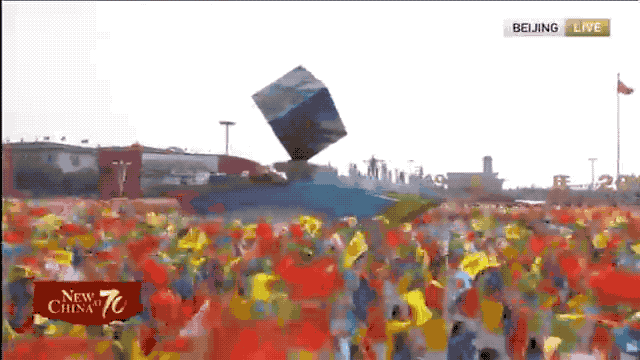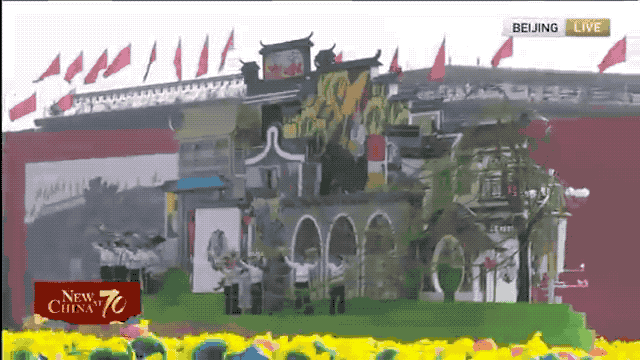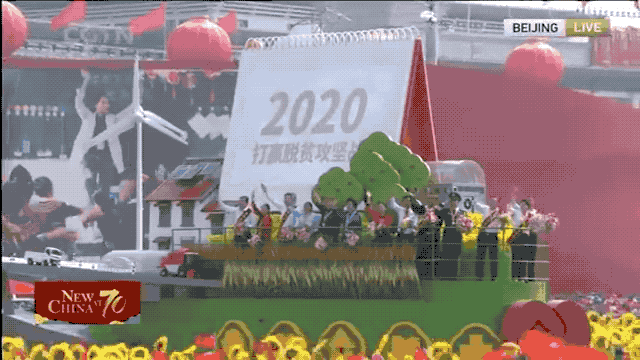Economic development since the founding of the People's Republic of China was one of the key themes of the National Day mass parade on Tuesday in Beijing, showcasing the historic growth of the world's second-largest economy over the past seven decades.
Regions more coordinated than ever
Regional coordination since the founding of the People's Republic of China attracted much attention during the National Day mass parade, indicating the state of development across China.
Since the beginning of the 21st century, four strategies have been announced to ensure that the fruits of development are shared with people nationwide, including the large-scale development of China's western region, the revitalization of China's northeast region, the development of the central region and supporting the eastern region in taking the lead in development.

Moreover, economic engines of the country are much more innovative and competitive worldwide thanks to the implementation of four major plans, such as the development of the Beijing-Tianjin-Hebei region, the Yangtze Economic Belt, the Guangdong-Hong Kong-Macao Greater Bay Area, as well as the Yangtze River Delta.
According to the National Bureau of Statistics, the GDP of the eastern, central, western, and northeast regions of China in 1952 was only 25.7 billion yuan (3.6 billion U.S. dollars), 14.6 billion yuan, 12.7 billion yuan, and 8.4 billion yuan, respectively. 70 years later, the numbers have surged to 48.1 trillion yuan, 19.3 trillion yuan, 18.4 trillion yuan and 5.7 trillion yuan, respectively.
Rural revitalization in full swing
The rural revitalization strategy, first put forward in 2017, aims to build rural areas with thriving businesses, a pleasant living environment, social etiquette and civility, effective governance, and prosperity.
Besides breaking barriers that restrict the free flow of resources, such as capital, talents and information between urban and rural areas, the country also emphasizes the application of technology in the rural economy, including wider use of digital technologies in agriculture and the development of e-commerce.

According to the Ministry of Agriculture and Rural Affairs, China's annual grain output has remained above 650 billion kilograms for four years in a row, up from 113.2 billion kilos in 1949. And official data from National Bureau of Statistics showed that rural residents' per capita disposable income rose to 14,617 yuan by the end of 2018, 40 times the number in 1949.
Extreme poverty to be eradicated by 2020
Besides successfully feeding 1.4 billion people, China has lifted over 800 million rural people out of poverty in the past 70 years.
Since the early stages of reform and opening-up, the number of people living in poverty in rural areas had decreased from 770 million to 16.6 million by the end of 2018.

Through measures including developing featured industries in rural areas by tapping ecological advantages and local resources, China's goal of eradicating extreme poverty by 2020 is on the brink of being accomplished.
By identifying poverty reduction as a priority in implementing the 2030 sustainable development agenda, China has also implemented nearly 100 poverty reduction projects in relevant developing countries.